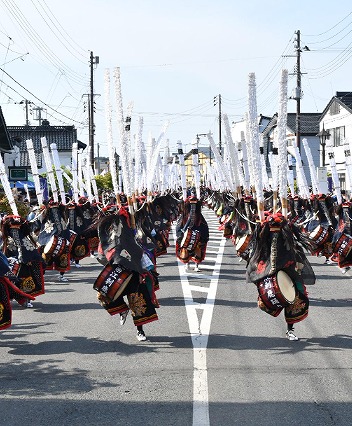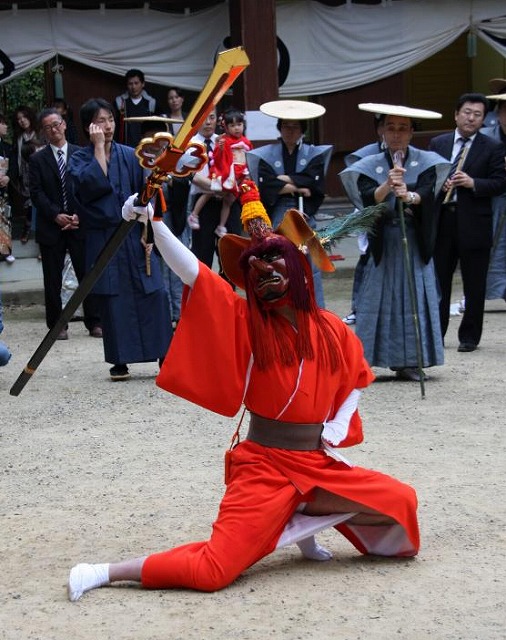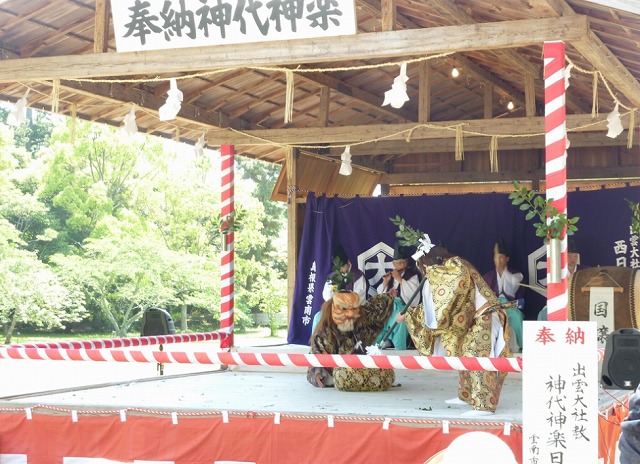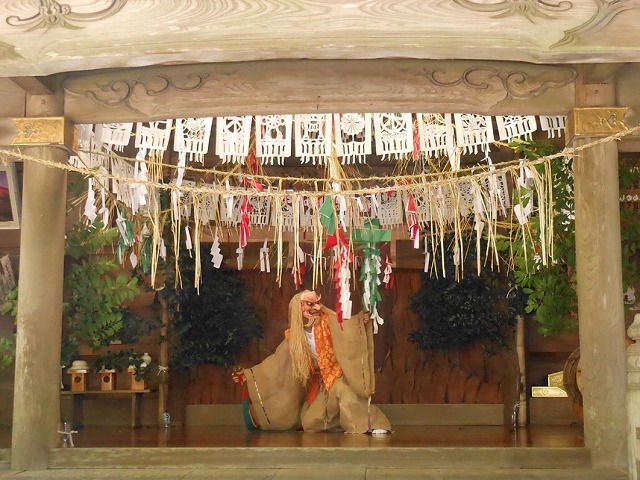Masked characters to be seen during the early summer holidays
Golden Week (early-May holiday season in Japan)
The cherry blossom season is over, the weather is getting warmer, and the young leaves are shining from the end of April to the beginning of May, which is a great time to visit Japan because of the warm weather and low humidity. In Japan, it is called “Golden Week” because of the consecutive holidays from the end of April to the beginning of May. Naturally, you can see various events all over the country at this time of year. Masked characters are also waiting for people to arrive in various places. Through these, you can come in contact with the valuable traditional culture of Japan that you cannot usually see. At the same time, it is an opportunity to experience the mysterious world of the masked characters.
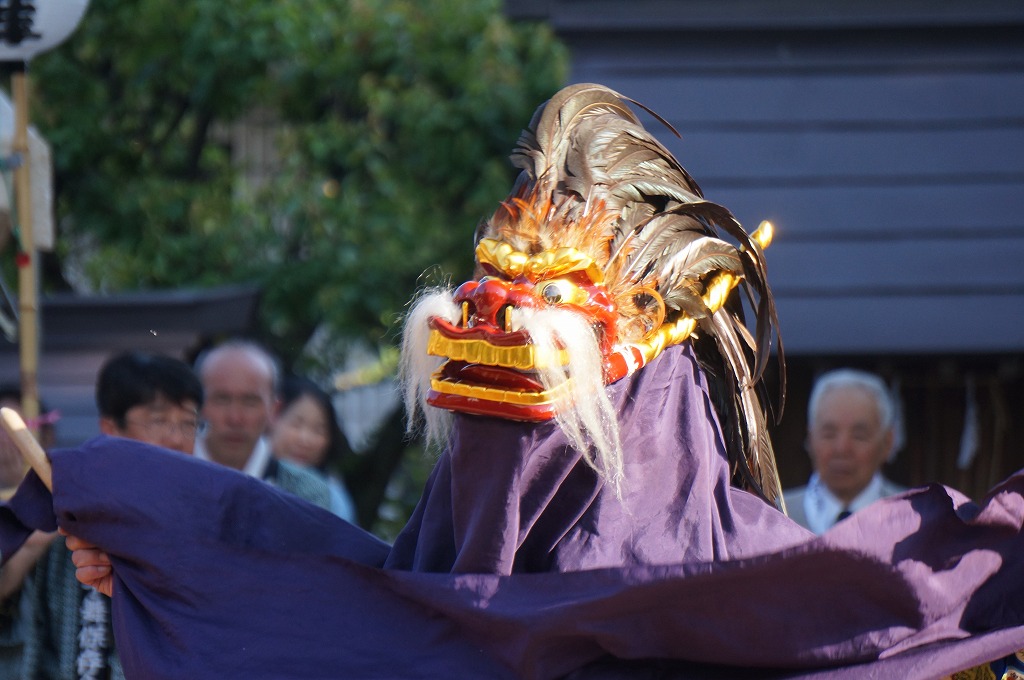
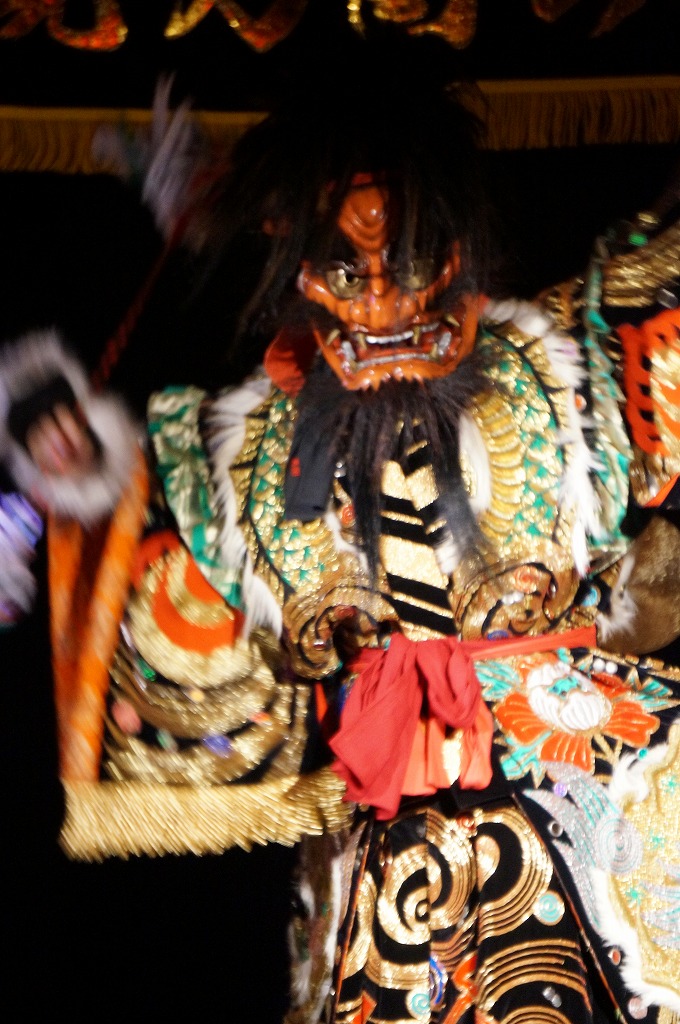
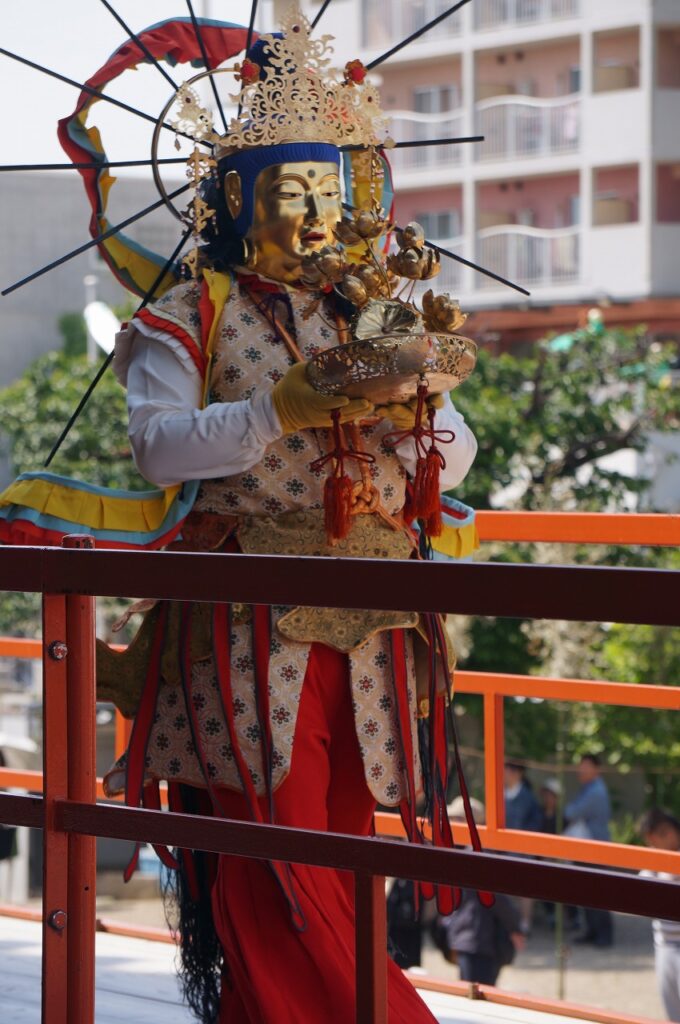
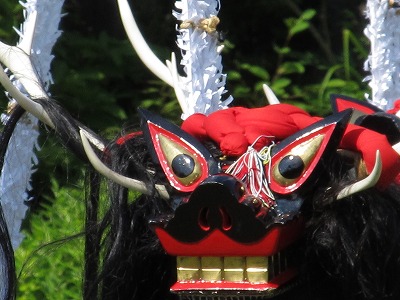
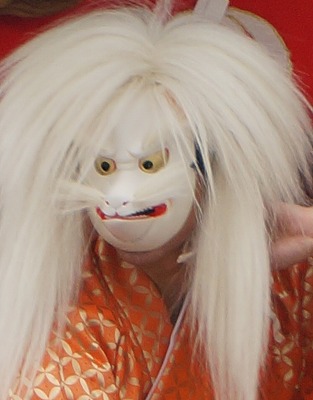
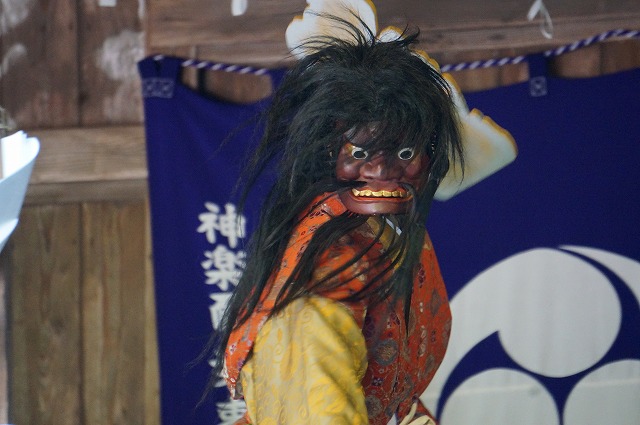
Tokyo area
Ome-Taisai (grand festival)
In Tokyo, there is a festival called the Ome Taisai (Grand Festival). The festival is held on the 2nd and 3rd of May every year. Numerous floats parade down the main street, attracting more than 100,000 people. On this day, the sound of the musical accompaniment echoes from the morning, and simple stalls fill the streets. Masked characters ride on the float and dance to the music of the festival music. One of the highlights of the festival is when these floats face each other on the street and compete with each other.
Location Ome town
Access Ome is about 1 hour from Shinjuku by JR line.
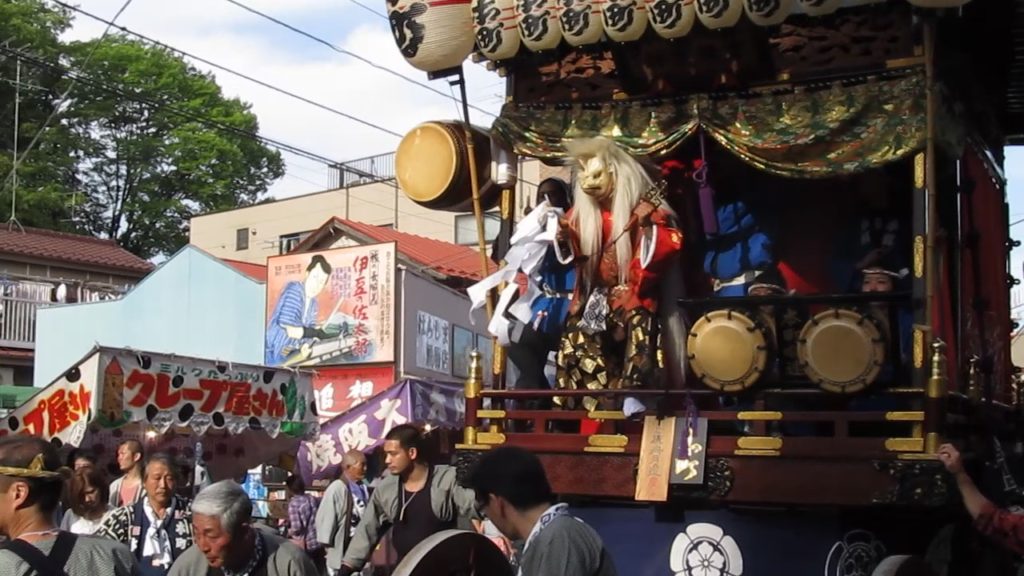
Tokumaru Shishimai (lion dance)
The lion dance is performed at Tokumaru Kitano Shrine in Nerima, a little north of central Tokyo. It tells the story of three lions fighting against something and reconciling. This is a Kanto style of a lion dance seen widely from Kanto to southern Tohoku. Usually about 2 hours from about 2:00 pm.
Location Kitano shrine
Access From Ikebukuro, take the Tobu Tojo Line to Nerima (about 10 minutes), then take a bus from Nerima to the Kitano Jinja-mae bus stop (about 10 minutes). It’s about a 20-minute walk.
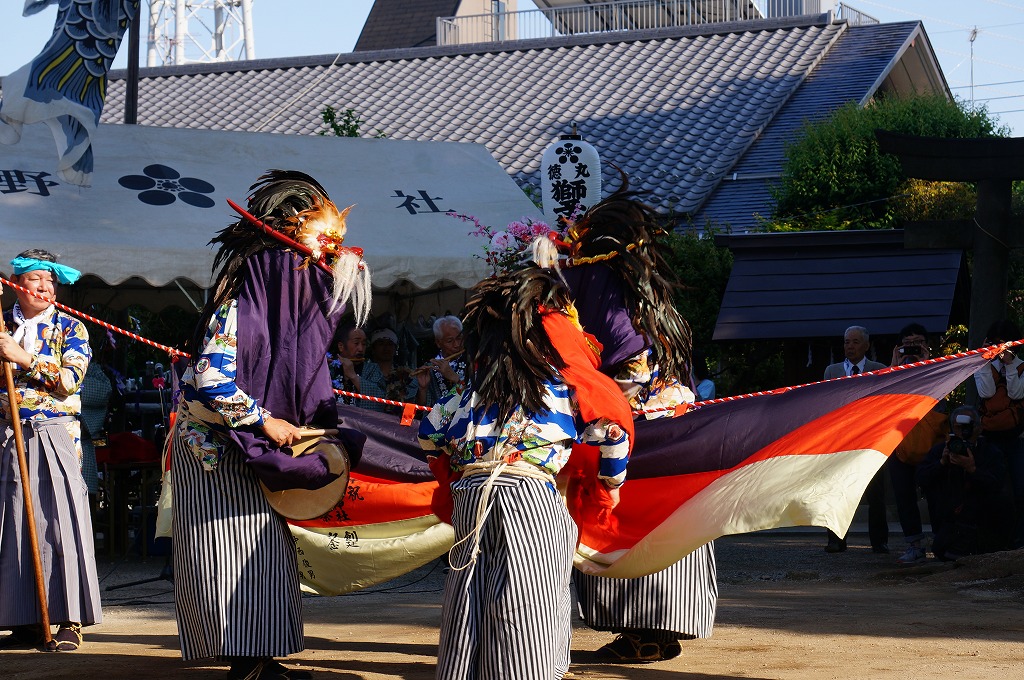
Tamashiki shrine Kagura
It to Konosu 鴻巣 takes about 1 hour from Tokyo Station on the JR Ueno Tokyo Line. The earliest known date of production of the remaining masks is around 1600, which also indicates the antiquity of this kagura tradition. It is also an important intangible cultural asset of Japan. Kanto kagura is said to have been introduced from the Izumo region. This Kagura is one of the oldest and most valuable forms remaining.
Location Tamashiki shrine (Kazo city, Saitama prefecture)
Access From JR Konosu Station, transfer to a bus bound for Kazo and get off at Kisai 1-chome. 8 minute walk. Alternatively, From Tobu Kazo Station, then change for the bus to Konosu and get off at Kisai 1-chome. It’s an 8-minute walk. The shrine is located in the middle of Konosu and Kazo Stations. It to Konosu takes about 1 hour from Tokyo Station on the JR Ueno Tokyo Line.
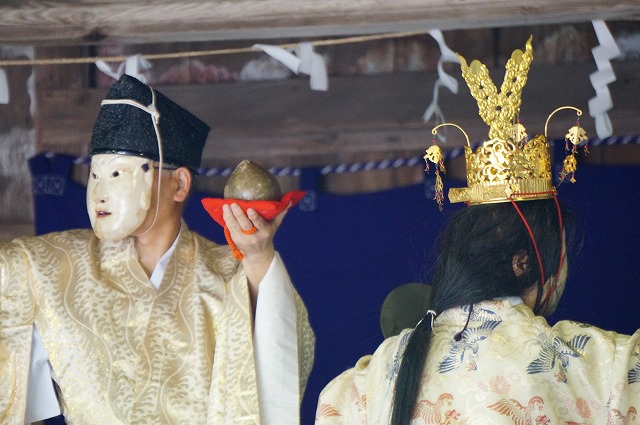
Around Kyoto
Senbon-emma do dai-nenbutsu kyougen
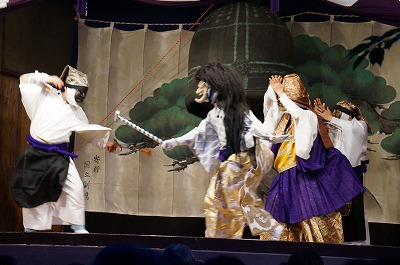
From May 1 to 4, you can see Kyogen at Senbon Enmado in the northern part of Kyoto. Kyogen originally meant a lightly comedic play performed between Noh plays. From there, it can refer to a wide range of plays in general, or it can be performed independently of Noh plays. There are three famous Kyogen plays in Kyoto. And the characteristic feature here is using dialogue. All are comical plays with masks. Weekdays at 7:00 p.m. and holidays at 1:00 and 6:00 p.m. Both times are free. Each session lasts approximately 2-3 hours (perform several 30-minute plays). The pamphlet (for a fee) includes explanations in English, which is helpful.
Location Senbon-emma do
Access Take city bus No. 206 and get off at Sengen Kurama-guchi (about 30 minutes).
Mibu-kyogen
Performs at Mibudera Temple from April 29 to May 5 every year. The performance is a masked play without any dialogue. Each performance lasts about 4 hours and consists of several 30-minute plays. Admission is charged and photography is not allowed. There is a reference room in the basement where you can see the actual masks used here. You can also see photographic material.
Location Mibudera Temple
Access Walk from Omiya Station on the Hankyu Kyoto Line or take the Mibudera Michi bus stop. Kyoto to Omiya is about 15 minutes by train.
Manbu-oneri
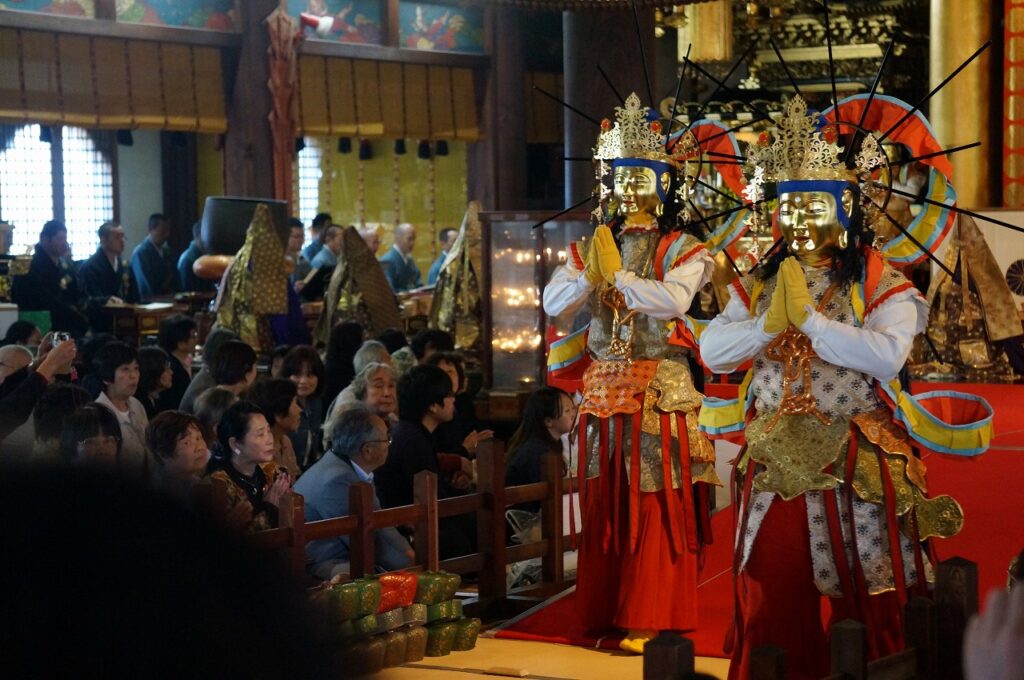
An event to show the procession of Buddha. Originally, the word “oreri” meant a procession of people dressed in costumes. In the Buddhist world, there is a worldview that Buddha comes from the Pure Land at the time of death and takes us to the paradise world. So, the event to show this in real concrete form is the “oneri”. Basically, a large bridge is often built in a temple. This bridge is seen as connecting the other world to this one, where Buddhas come and go again. Those who wish to participate masquerade as the respective Buddha figures and appear to the sound of gagaku (ancient Japanese court music). The Buddha is decorated with gold, creating a very elegant world. Here at Osaka’s Dai-nenbutsuji Temple, even after crossing over, the Buddha shows us the glittering world of paradise inside the main hall. The festival is held every year from May 1 to 5. This is also a good advantage to reduce the crowds.
Location Dai-nenbutsuji temple
Access The nearest station is JR Hirano or Subway Hirano. Both are about 20 minutes from Osaka.
*On May 3, the festival will also take place at Saiho-ji Temple in the neighboring city of Kakogawa, Hyogo Prefecture. The nearest station, Hamanomiya, is about one hour from Kobe by JR line.
Tohoku area
Fujiwara festival
A World Heritage Site, Chuson-ji temple is at the heart of the Hiraizumi area. Chuson-ji is particularly famous for its golden Konjikido (Golden Hall). The Fujiwara Festival is held at Chuson-ji Temple from May 1 to 5. Until the early 12th century, the Fujiwara clan, a powerful family, reigned here as the kings of the Tohoku region. Their wealth made it possible to build the Konjikidō (Golden Hall). This festival is held in memory of the Fujiwara family. The highlight of the festival is a procession of people dressed in ancient costumes on the 3rd, but various entertainments are also performed during the festival.
https://hiraizumi.or.jp/en/event/aki_fuji.html
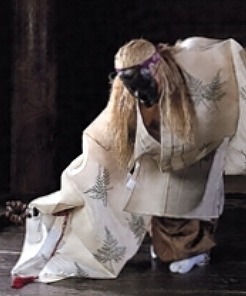
Hyakusika daigunbu (one hundred dear dance)
Deer dance is a representative performing art of the Tohoku region, which can be seen across Iwate and Miyagi prefectures. The deer dance is a stunning performance featuring two deer antlers on the head, raised eyes, hair made of horsehair, a drum held in front of the body, and two long sacred objects attached to the back. Seemingly from another world, they dance in groups of eight, beating drums and stamping their feet on the ground. The Hyakushika Odori dance is performed by more than a dozen of these groups, totaling more than 100 people, all dancing together. The group dances as if the whole earth were resounding! The singing voices that seem to come from the depths of the earth are like an invitation to another world, and the audience can’t resist. May 4, from about 2:30 p.m. in “Ohdori (the Main Street) Park area. There is also a theme park nearby called “Esashi Fujiwara no Sato”. This is a place where people’s lives in the 11th century have been reconstructed and is famous as a filming location for movies and TV dramas.
Access Access is not so good; about 20 minutes by car from JR Mizusawa Station. Buses depart every hour or two. Mizusawa Station is about 25 minutes from Hiraizumi by train.
Hokuriku area
Oh-no-mai
Mimi Shrine in Fukui prefecture will be hosting an “Oh-no-Mai” event on 4 May (changed from the 1st to the 4th starting in 2025).
Fukui Prefecture is located north of Kyoto and west of Kanazawa. In the western part of the prefecture, a number of events called “Oh no mai” have been handed down from generation to generation. Of these, the twin peaks are the ones at Uwase Shrine (held on April 8) and this one at Mimi Shrine. The “ Oh no mai ‘ translates directly to ’dance of the king,” but in fact it has nothing to do with kings. Here at Mimi Shrine, the dancers wear red tengu masks and crowns with peacock feathers, wear vermilion costumes, and carry long spears. The elegance of the sight is simply mesmerizing, and it’s no surprise that it draws in visitors from within and outside the prefecture every year. The dancers perform an exhilarating one-hour dance sequence accompanied by the beautiful sounds of gagaku music. There’s even a theory that there’s a dance called “Ranryo Oh (king)” in gagaku, which may be the source of the name “Ou no Mai” . Fukui Prefecture has a long history of exchange with Kyoto. This may be the reason why such graceful dances remained and continue to this day.
Access Mimi Shrine is about 3 km from Mihama Station. Bicycle rental is available at the station.
Mihama Station is about 20 minutes by train from Tsuruga. Tsuruga is served by the Shinkansen bullet train and is about 1 hour from Kyoto by limited express.
Chugoku area
Iwami kagura
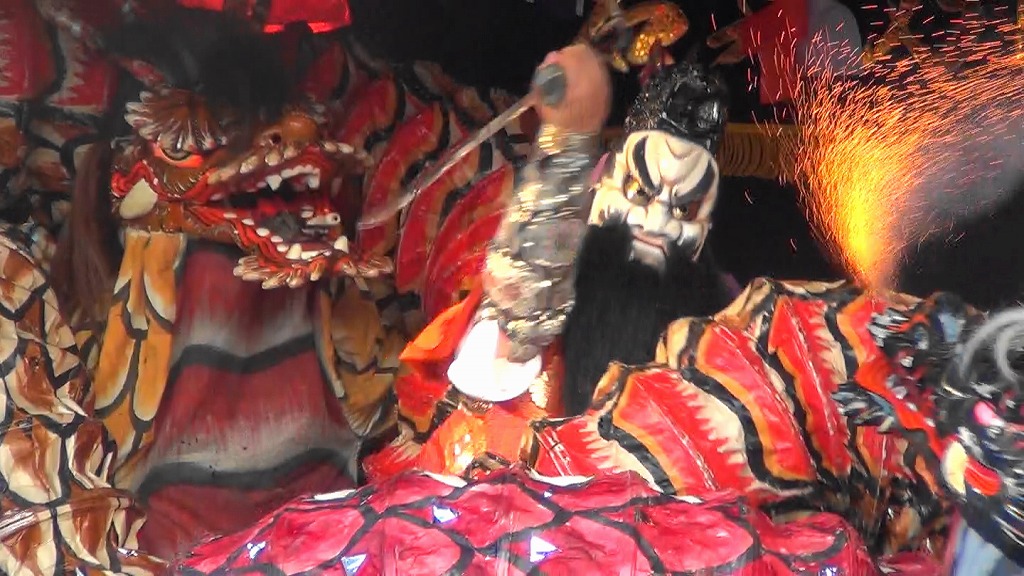
It’s both a traditional art form and a form of entertainment. That is Iwami Kagura. This vibrant art form, originating from the western part of Shimane Prefecture, is deeply cherished by the local community and has captivated audiences not just in Japan, but also abroad. You will notice that there are two major types of kagura: regular performances and dedicated kagura. Regular performances are inexpensive and short. The purpose is to let people enjoy them casually at convenient locations. On the other hand, the purpose of dedicatory kagura is to perform for the gods at a shrine. They are held locally, last a long time, and all-nighters are not uncommon. In many cases, it is performed throughout the night. In general, there is no charge.
Major regular performances are held at the following locations.
Aquas Hassy Hiroba (アクアスはっしー広場) :Gonotsu City (江津市)1~3 pm every day
Yunotsu hot sprin (ゆのつ温泉) :Ohta city ( 太田市温泉津)8~9:30 pm every day
Original kagura at shrines
3rd Takatsu Hatiman-gu shrine (高津八幡宮) :Takatsu town, Masuda city (益田市高津町)https://discoverdeeperjapan.com/?p=5247&preview=true
https://www.kankou-shimane.com/pickup/6770.html
Izumo kagura
Shimane Prefecture has two regions, Iwami in the west and Izumo in the east. Iwami Kagura is traditional in the Iwami region. In the Izumo region, Izumo Kagura is transmitted. In contrast to the flamboyant and entertaining Iwami Kagura, Izumo Kagura retains a more ancient form. As a result, kamigakari ( a player falls into a trance and talks a message of gods) is also often performed. The origin of Izumo Kagura is Sada shinno (the dance created by those who studied Noh and applied it to kagura). For this reason, it retains a solemnity close to that of Noh theatre. While Iwami Kagura emphasises the extermination of *1Orochi (giant dragon), Izumo Kagura rather focuses on *2the opening of the Ama-no-Iwato.
*1 Myth of Amaterasu’s younger brother Susanoo, who has been banished from the heavens, exterminating the serpent that torments people.
*2 Amaterasu, angered by her brother Susanoo’s violent behaviour, hides behind Iwato (a cave with a huge rock door). The myth of the gods bringing her back to the world after the world had become dark because of this. This Izumo Kagura can be seen for a week during this period at Izumo Taisha, the home of Izumo. Each troupe performs during the day on a daily basis.
https://www.gltjp.com/en/article/item/20576/
location Izumo taisha grand shrine
Access Izumo Airport or Izumo City Station from various locations. From there, take the Ichibata train to Izumo Taisha Station in about 30 minutes.
To get to Izumo City Station, take the Sunrise Izumo night train from Tokyo. From Osaka, take the Shinkansen to Okayama and then the limited express.
Kyushu area
Amano iwato shrine spring festival
Miyazaki Prefecture is a place of mythology. According to the myth, the place where Amaterasu, the most important god, hid and darkened the world, and the place where the heavenly gods descended for the first time are also considered to be Miyazaki Prefecture. As a result, kagura is also popular, and Takachiho kagura is one of the most famous performing arts in Japan. The festival is mainly held in autumn, but Amanoiwato-jinja Shrine also holds large-scale kagura events in this season. This event is highly recommended for those who want to enjoy an authentic kagura.
https://amanoiwato-jinja.jp/en/pages/30/detail=1/b_id=3/r_id=110/
Of course, for those who don’t have the time, Takachiho Shrine also offers a two-hour kagura performance every day, where you can easily watch.
https://www.kanko-miyazaki.jp/en/sightseeing/1172
Location Amanoiwato shrine, Takachiho shrine
Access Take a highway bus from Kumamoto Airport or Nobeoka Station to Takachiho Bus Center. Takachiho Shrine is a 15 minute walk from there. Amanoiwato Shrine is further reached by bus.
15 minutes.
At the end
This is the time when you can see other events of various sizes. We will be introducing them on this website, so if you find something you are interested in, we recommend you to see it there. After all, the live performance is the best memory.

